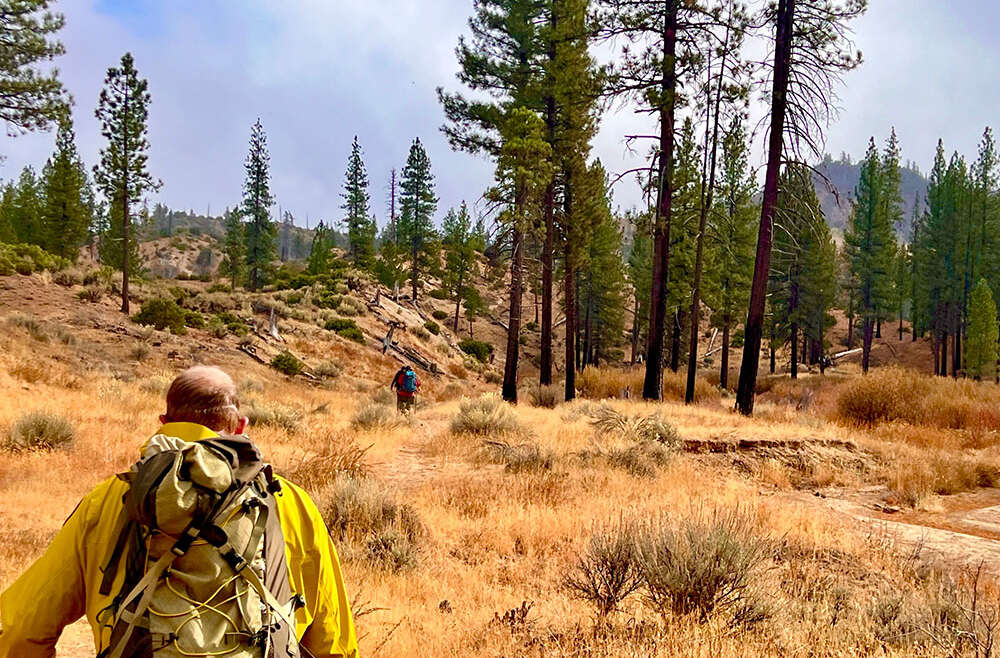Being lost on the trail–or off it–can be frightening, and SAR teams respond quickly. Operations in the wilderness are complex and involve a coordinated effort from various teams and technologies.
Activation
The process begins when someone reports a person missing to local law enforcement or directly to SAR teams. Authorities gather information about the missing person, last known location, physical and mental condition, and what they were wearing or carrying.
Search Phase
-
Search Strategy:
-
Hasty Search: Quick initial searches in likely areas where the person might be found.
-
Systematic Search: Grids are set up, and teams methodically cover areas, often using dogs, drones, or aircraft for broader coverage.
-
Point Last Seen (PLS): Search starts from the last known location of the individual.
-
-
Techniques Used:
-
Drones: For aerial reconnaissance in difficult terrain.
-
Dogs: Trained search dogs can follow scent trails.
-
Thermal Imaging: From helicopters or drones for night searches or detecting heat signatures.
-
Sign Cutting: Looking for physical signs like footprints or disturbed vegetation.
-
Rescue Operations
-
Location: Once located, the team assesses the situation:
-
Immediate Needs: Treatment of injuries, providing warmth, hydration, etc.
-
Evacuation Plan: Based on the terrain, the condition of the lost person, and available resources. This might involve:
-
Carry Out: Manual evacuation with litter or stretchers.
-
Helicopter Extraction: If accessible and weather permits.
-
Vehicle Rescue: Using ATVs or other vehicles where possible.
-
-
Post-Rescue
-
Debriefing: SAR teams often review the operation to learn from the experience, which can include:
-
Medical Follow-Up: Ensuring the rescued individual gets continued care if needed.
-
Documentation: For legal, insurance, or future training purposes.
-
Challenges
-
Weather: Can drastically affect search capabilities and safety.
-
Terrain: Dense forests, mountains, or water bodies add complexity to the search.
-
Time: The longer the search, the more challenging it becomes, especially in terms of survival needs.

